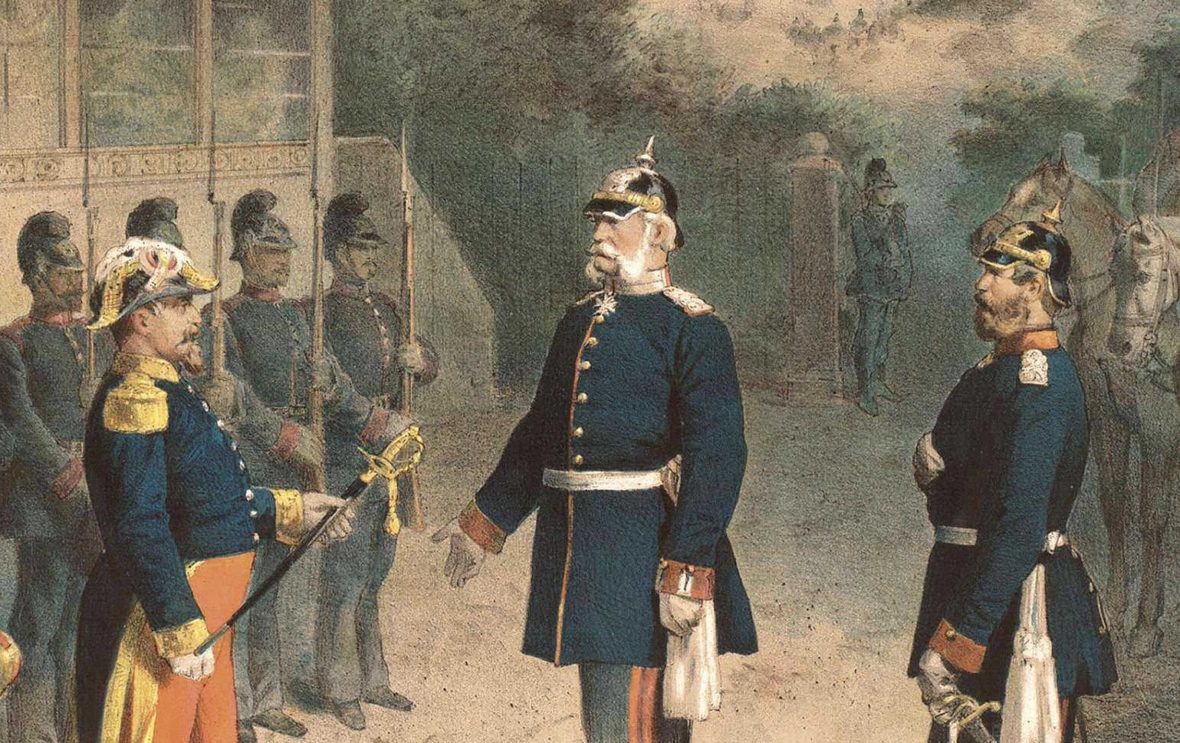Napoleon III, the nephew of Napoleon I, was the first President of France from 1848 to 1852, and the last French monarch from 1852 to 1870. First elected president of the French Second Republic in 1848, he seized power in 1851, when he could not constitutionally be re-elected, and became the Emperor of the French. Take a look below for 40 more awesome and interesting facts about Napoleon III.
1. Charles-Louis Napoleon Bonaparte, later known as Louis Napoleon and then Napoleon III, was born in Paris on the night of April 20, 1808.
2. His presumed father was Louis Bonaparte, the younger brother of Napoleon Bonaparte, who made Louis the King of Holland from 1806 until 1810.
3. His mother was Hortense de Beauharnais, the only daughter of Napoleon’s wife Joséphine de Beauharnais by her first marriage to Alexandre de Beauharnais.
4. As empress, Joséphine proposed the marriage as a way to produce an heir for the Emperor, who agreed, as Joséphine was by then infertile.
5. Louis married Hortense when he was twenty-four and she was nineteen. They had a difficult relationship and only lived together for brief periods.
6. Their first son died in 1807 and—though separated—they decided to have a third. They resumed their marriage for a brief time in Toulouse in July 1807, and Louis was born prematurely, two weeks short of nine months.
7. Louis-Napoleon’s enemies, including Victor Hugo, spread the gossip that he was the child of a different man, but most historians agree today that he was the legitimate son of Louis Bonaparte.
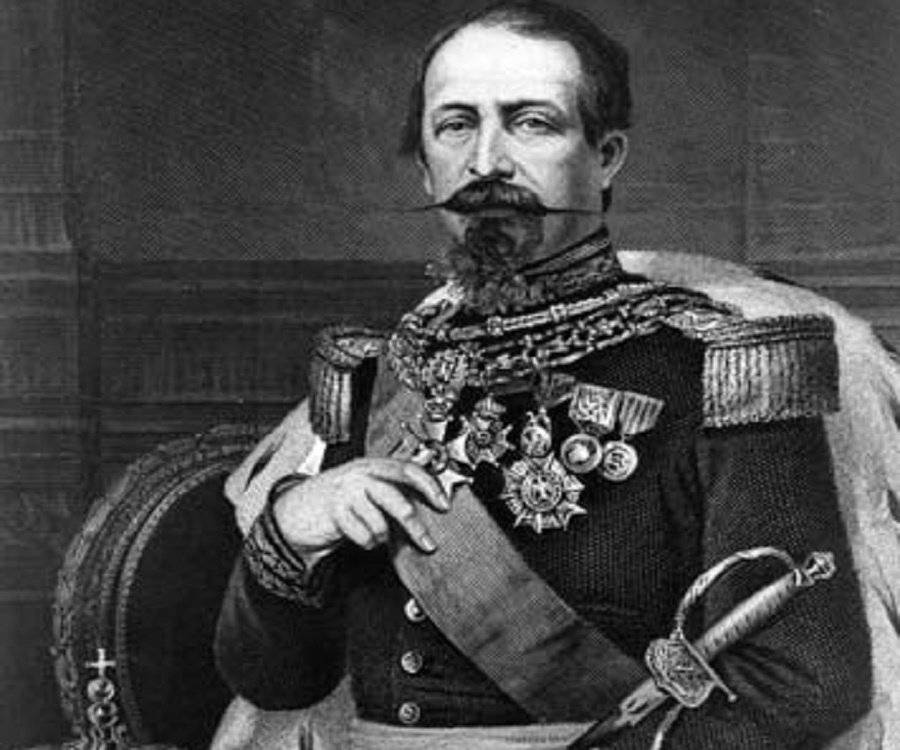
8. Charles-Louis was baptized at the Palace of Fontainebleau on 5 November 1810, with Emperor Napoleon serving as his godfather and Empress Marie-Louise as his godmother.
9. His father stayed away, once again separated from Hortense.
10. At the age of seven, Louis-Napoleon visited his uncle at the Tuileries Palace in Paris.
11. Napoleon held him up to the window to see the soldiers parading in the courtyard of the Carousel below. He last saw his uncle with the family at the Château de Malmaison, shortly before Napoleon departed for Waterloo.
12. All members of the Bonaparte dynasty were forced into exile after the defeat of Napoleon at Waterloo and the Bourbon Restoration of monarchy in France. Hortense and Louis-Napoleon moved from Aix to Berne to Baden, and finally to a lakeside house at Arenenberg in the Swiss canton of Thurgau.
13. He received some of his education in Germany at the gymnasium school at Augsburg, Bavaria. As a result, for the rest of his life, his French had a slight but noticeable German accent.
14. His tutor at home was Philippe Le Bas, an ardent republican and the son of a revolutionary and close friend of Robespierre. Le Bas taught him French history and radical politics.
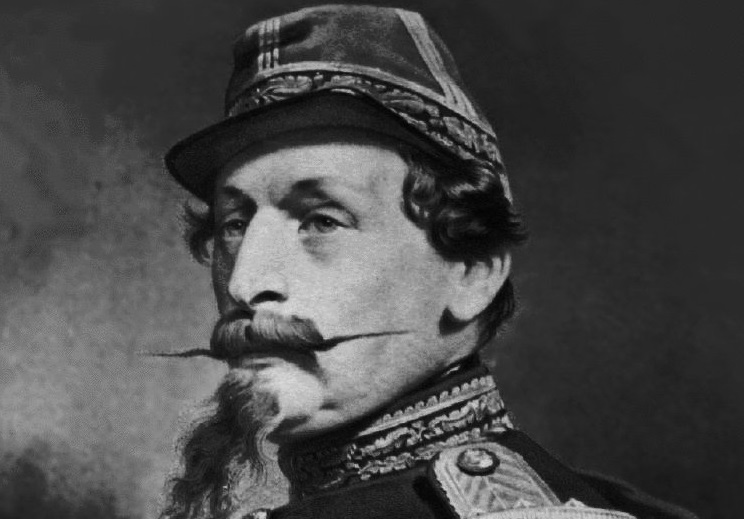
15. When Louis-Napoleon was fifteen, Hortense moved to Rome, where the Bonapartes had a villa.
16. He passed his time learning Italian, exploring the ancient ruins, and learning the arts of seduction and romantic affairs, which he used often in his later life.
17. He became friends with the French Ambassador, François-René Chateaubriand, the father of romanticism in French literature, with whom he remained in contact for many years.
18. He was reunited with his older brother Napoléon Louis, and together they became involved with the Carbonari, secret revolutionary societies fighting Austria’s domination of northern Italy.
19. In the spring of 1831, when he was twenty-three, the Austrian and papal governments launched an offensive against the Carbonari, and the two brothers, wanted by the police, were forced to flee. During their flight Napoleon-Louis contracted measles and, on 17 March 1831, died in his brother’s arms.
20. From the beginning of his reign Napoleon III launched a series of social reforms aimed at improving the life of the working class.
21. He began with small projects, such as opening up two clinics in Paris for sick and injured workers, a program of legal assistance to those unable to afford it, and subsidies to companies which built low-cost housing for their workers.
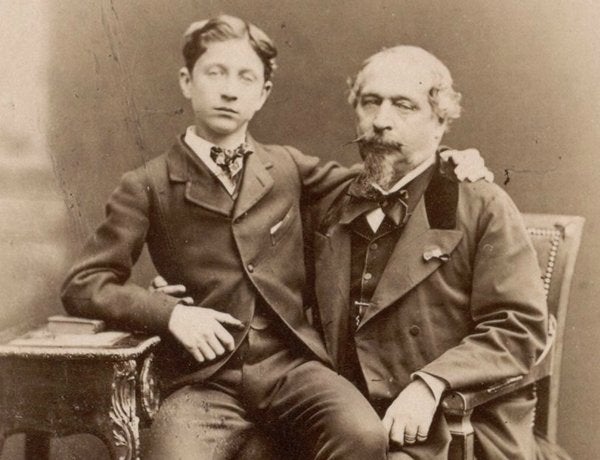
22. He outlawed the practice of employers taking possession of or making comments in the work document that every employee was required to carry; negative comments meant that workers were unable to get other jobs.
23. In 1866, he encouraged the creation of a state insurance fund to help workers or peasants who became disabled, and to help their widows and families.
24. To help the working class, Napoleon III offered a prize to anyone who could develop an inexpensive substitute for butter; the prize was won by the French chemist Hippolyte Mège-Mouriès, who in 1869 patented a product he named oleomargarine, later shortened to simply margarine.
25. His most important social reform was the 1864 law which gave French workers the right to strike, which had been forbidden since 1810.
26. In 1866 he added to this an “Edict of Tolerance,” which gave factory workers the right to organize.
27. He issued a decree regulating the treatment of apprentices, limited working hours on Sundays and holidays, and removed from the Napoleonic Code the infamous article 1781, which said that the declaration of the employer, even without proof, would be given more weight by the court than the word of the employee.
28. Louis Napoleon has a historical reputation as a womanizer, yet he referred to his behavior in the following manner: “It is usually the man who attacks. As for me, I defend myself, and I often capitulate.”
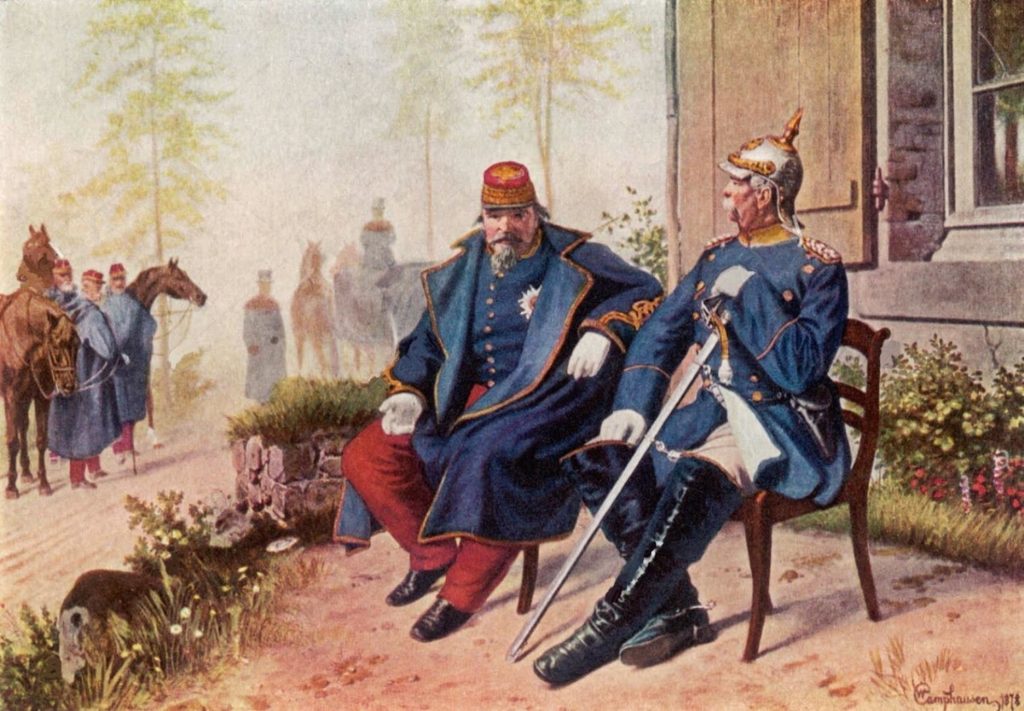
29. He had many mistresses.
30. During his reign, it was the task of Count Felix Bacciochi, his social secretary, to arrange for trysts and to procure women for the emperor’s favors.
31. His affairs were not trivial sideshows: they distracted him from governing, affected his relationship with the empress, and diminished him in the views of the other European courts.
32. His wife, Eugénie, resisted his advances prior to marriage. She was coached by her mother and her friend, Prosper Mérimée. “What is the road to your heart?” Napoleon demanded to know. “Through the chapel, Sire”, she answered.
33. Yet, after marriage, it took not long for him to stray as Eugénie found sex with him “disgusting”. It is doubtful that she allowed further approaches by her husband once she had given him an heir.
34. By his late forties, Napoleon started to suffer from numerous medical ailments, including kidney disease, bladder stones, chronic bladder and prostate infections, arthritis, gout, obesity, and the chronic effects of smoking.
35. In 1856, Dr. Robert Ferguson, a consultant called from London, diagnosed a “nervous exhaustion” that had a “debilitating impact upon sexual … performance” which he also reported to the British government.
36. Napoleon III and the Empress Eugénie worked to give girls and women greater access to public education.
37. In 1861, through the direct intervention of the Emperor and the Empress, Julie-Victoire Daubié became the first woman in France to receive the baccalauréat diploma.
38. In 1862, the first professional school for young women was opened, and Madeleine Brès became the first woman to enroll in the Faculty of Medicine at the University of Paris.
39. In 1863, he made Victor Duruy, the son of a factory worker and a respected historian, his new Minister of Public Education.
40. Duruy greatly accelerated the pace of the reforms, often coming into conflict with the Catholic church, which wanted the leading role in education. Despite the opposition of the church, Duruy opened schools for girls in each commune with more than five hundred residents, a total of eight hundred new schools.

